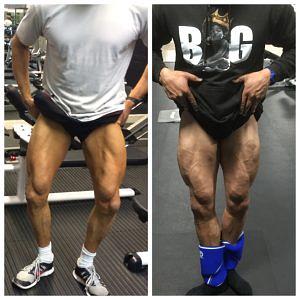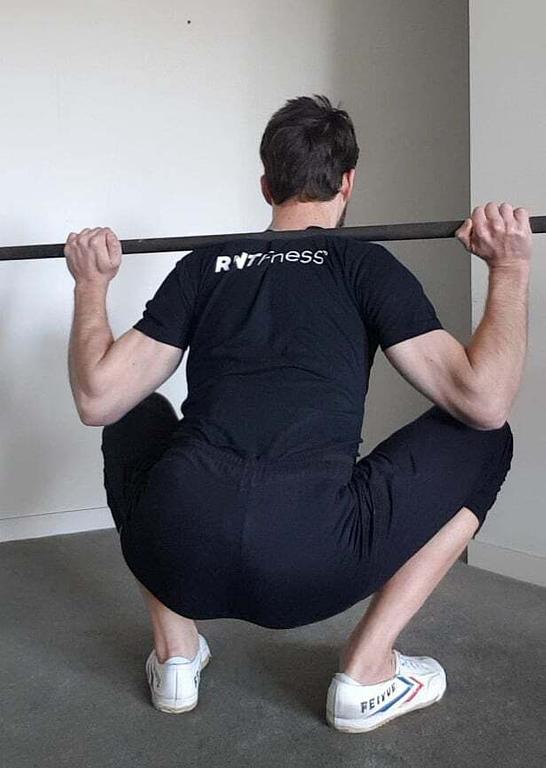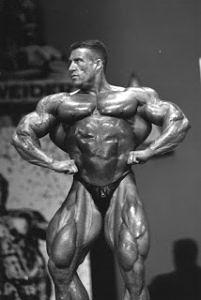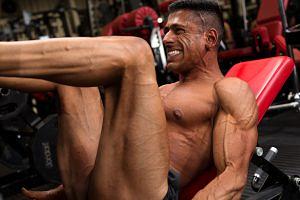- Not training them in a way that suits my body type
- Having long legs

1. Use Squat Alternatives


2. Embrace the Machines

3. Don’t Forget About Single Leg Work
- Improved structural balance – this is critical to stay healthy. Most people have imbalances between their legs, and I’ve found this is more so in individuals with long legs. Joint stress is typically higher too, so single leg exercises can provide a joint-friendly way to blast the legs while improving overall structural integrity.
- Reduced spinal loading – single leg exercises allow you to overload the legs with very little spinal loading. This is great for lifters who are typically limited by their lower back strength.
- Your legs are the true limiting factor – if you program these correctly, you can annihilate your legs in your training without taxing the spine, core and upper back. Your legs are what will fail, nothing else.
- Range of Motion - most people can access wider ranges of motion with single leg exercises that they are not able to when performing bilateral exercises, such as squats.
4. Pause At The Bottom

5. Work Your Dorsiflexion
- Work the tibilias anterior before squatting / leg pressing. You can do this by doing toe raises, and just focusing on pulling the toes up as high as you can. This works well in supersets with calf raises.
- Try Olympic lifting shoes. While it may be considered as ‘treating the symptom, not the cause’, using a raised heel for some exercises helps to increase depth. I know when I leg press with raised heels I get an extra 2-3 inches, and my quads burn up like fire.
Patience With The Long Legged Program
- Lying DB Leg Curl 3×8-12
- Bulgarian Split Squats 3×10-12
- Paused Leg Press 3×10-15
- Paused DB RDL 3×10-15
- Adductor Machine 3×12-15

.jpg)
.png)
.jpg)